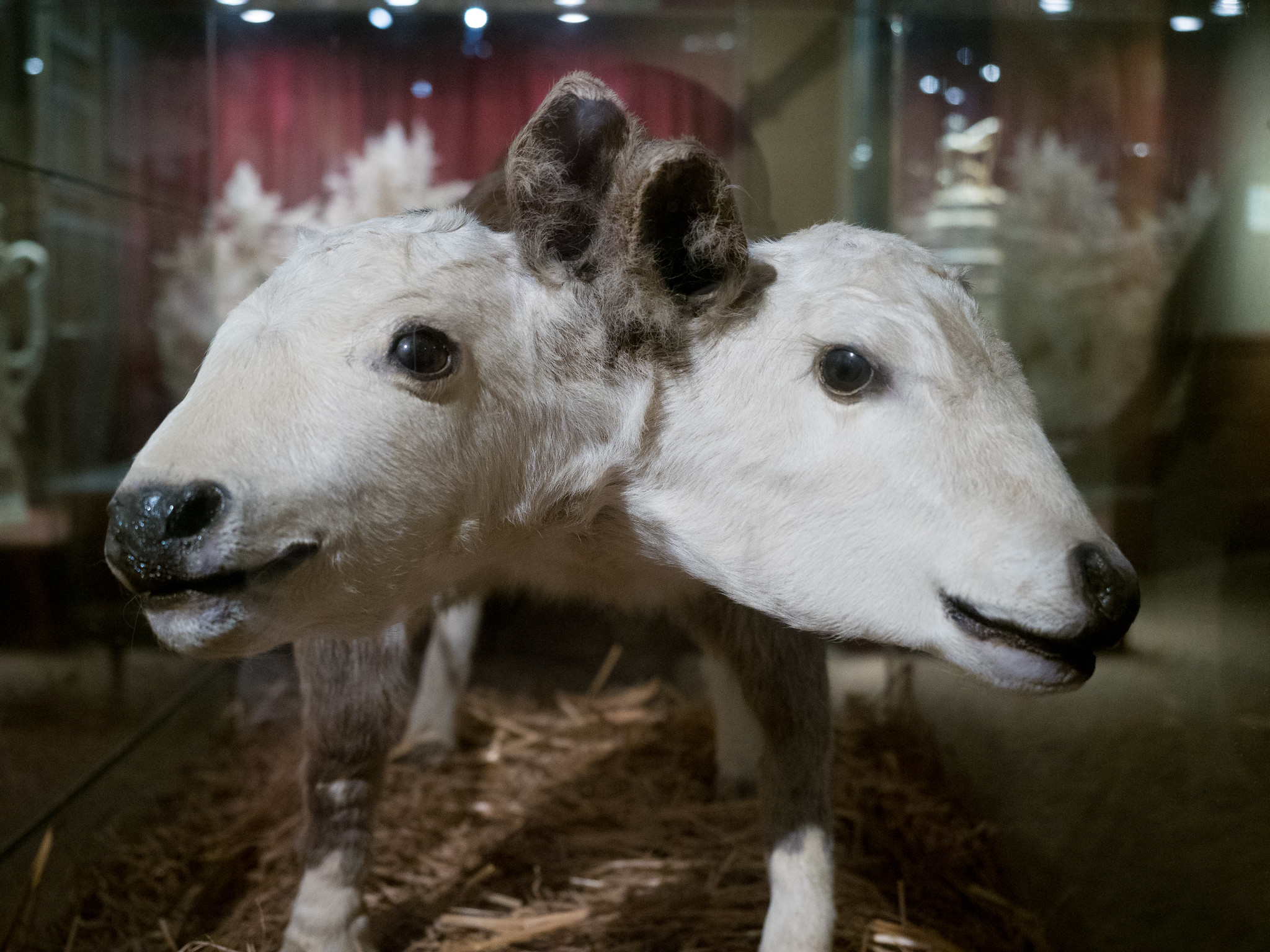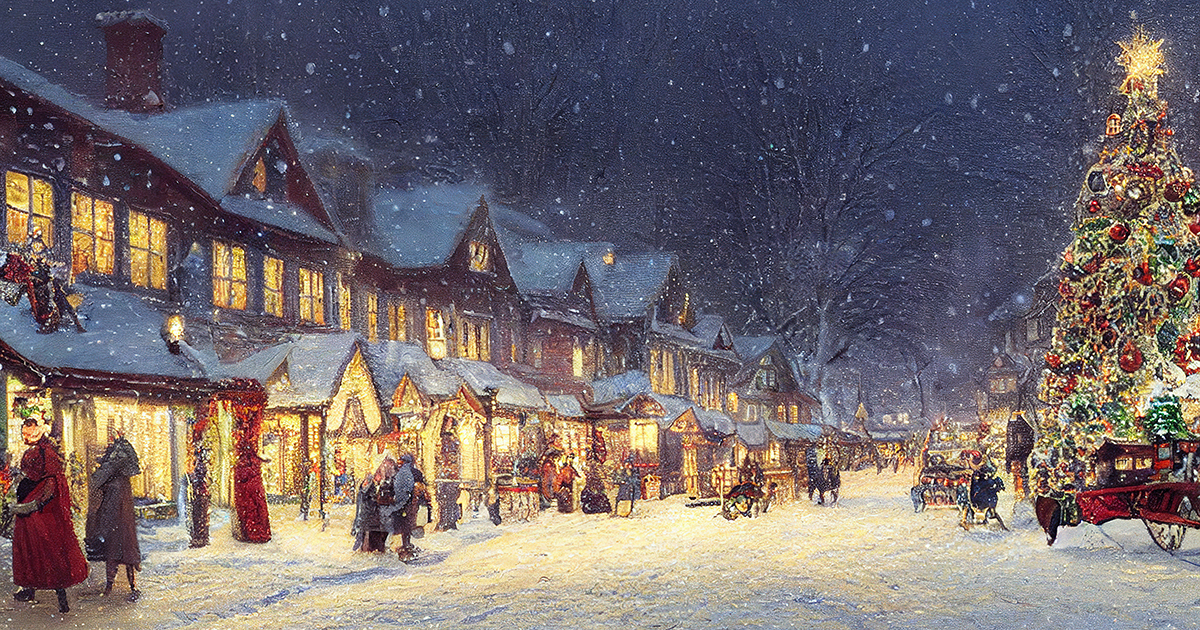As we approach Christmas, there will always be someone in each gathering noting how our celebrations today are based on many German traditions.
The “festive know-it-all” (or the “f’kal”, as we may call them under our breath) will be on hand to remind us that indoor trees and turkeys for dinner are a tradition of Queen Victoria. The giving of gifts may also receive the f’kal large-eyed stare and sad sigh as they explain that a true Victorian Christmas would see gifts given on Christmas Eve.
While these nuggets of information may initially be of some interest, after a while you just want to enjoy your Cadburys Roses (a Quaker family business). But there may be some fun to be had with luring a f’kal into some info in gift giving on a Victorian veterinary Christmas.
Yes, I can get a festive blog from my PhD… who knew such fun could be had in serious academia?!
Cabinets of curiosities
After the establishment of the RCVS in 1844, there was a concerted effort to build the contents of a museum and a library, and despite not having its own building to house such things, there were numerous bequests of books and items for display.
But if a profession was so new, what could be being given to a veterinary museum? Well, the title “veterinary museum” needs to be amended a little, as it was really a museum of anatomy – yes, the Victorian veterinary Christmas present for the beloved vet in your life would have been a horse hoof or a two-headed calf. Such joy on the festive morning to unwrap one of these!

Items bequeathed included a narwhal tusk, numerous bones of the horse leg and hooves, and a surprising amount of soft tissue specimens. These bequests were all part of the desire to have resources on a par with the other medical professions.
Concrete assets
The Royal College of Physicians and the Royal College of Surgeons both had an impressive list of professional resources. They also had the most obvious asset – a building of their own in which to display, and work with books and specimens.
The collections themselves were impressive – vast anatomical collections and books of the most importance across science, and medicine and surgery.
The RCVS didn’t have its own premises until almost 10 years later, so I suspect items may have been stored by council members, including Thomas Turner, the first president of the RCVS (from 1844 to 1851), who worked occasionally from his brother’s clinic at 311 Regent Street. This location would have been convenient to take specimens to the London school, and specimens were posted to the Edinburgh schools for the purpose of the RCVS entry exams.
Secret Santa
So, for the full festive veterinary experience, what piece of anatomy would you put in your Secret Santa this year?

Leave a Reply